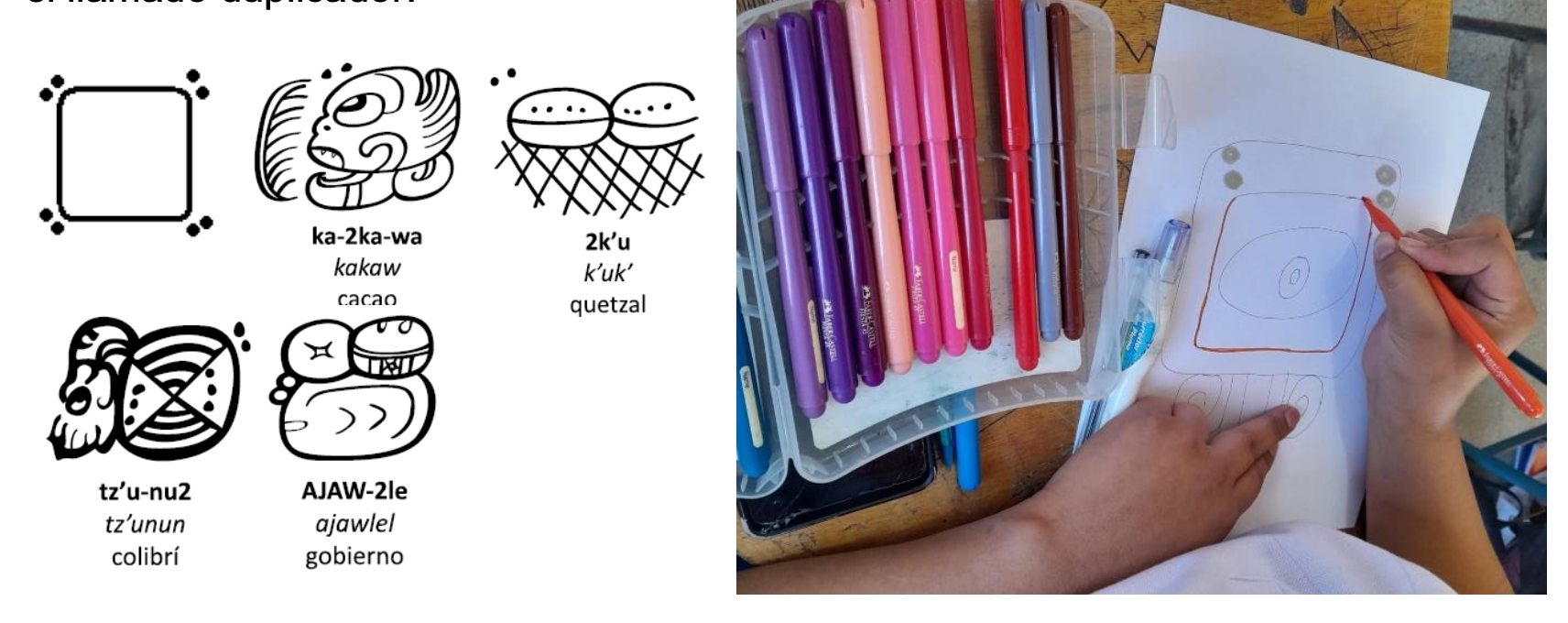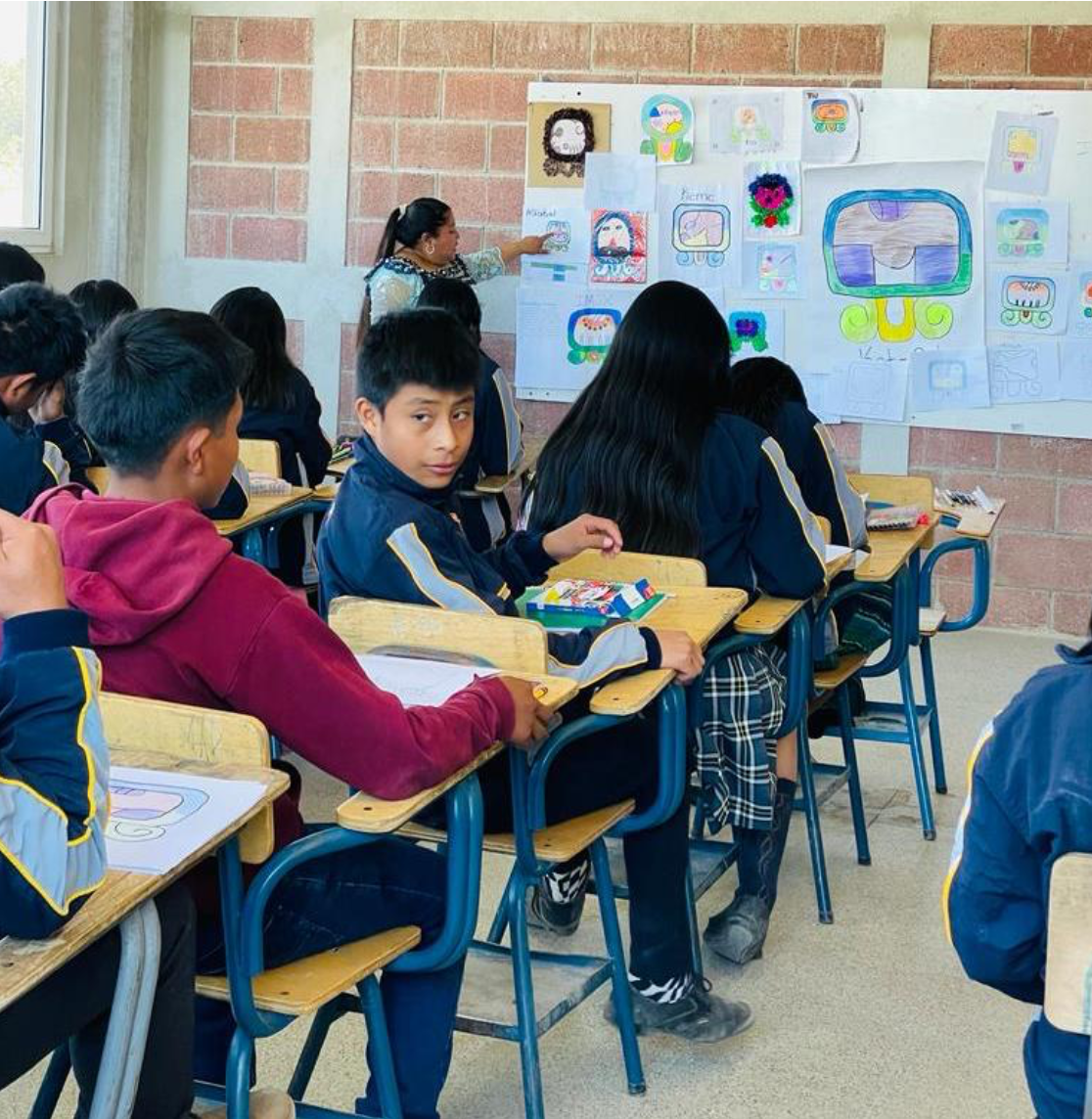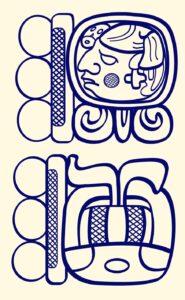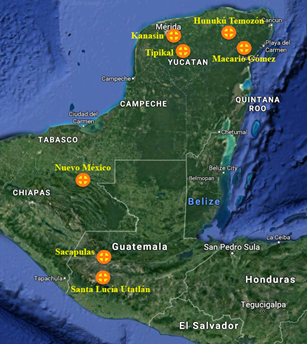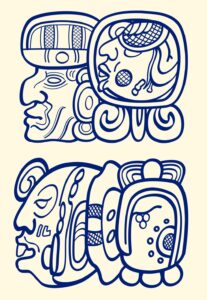A student constructs his name using the Maya syllabary in San Camilo, Kanasín, Yucatán.
10 Ajaw 3 Wo’ (April 22, 2024)
Celebrating the Future on Earth Day:
The Children of San Camilo discover the Maya script
Happy Earth Day to one and all! Today is a day to consider what we are conserving and leaving to future generations, and this very much includes the accumulated wisdom of past generations.
This month, we hear back from Milner Rolando Pacab Alcocer who led a series of introductory workshops for twenty-two third and fourth grade children from in San Camilo, Kanasín in the Yucatán.
With the children of San Camilo, we celebrate their recent discovery of the Maya hieroglyphic script of their ancestors. Through celebrating their indigenous heritage, Maya children can connect to their world through discovering how their ancestors related to the natural world around them. In so doing, there is hope that future generations will take an interest in preserving their cultural heritage, as well as their connection to place and to the Earth itself.
Enjoy this report and the wonderful photos!
Yum b’o’otik,
Michael Grofe, President
MAM
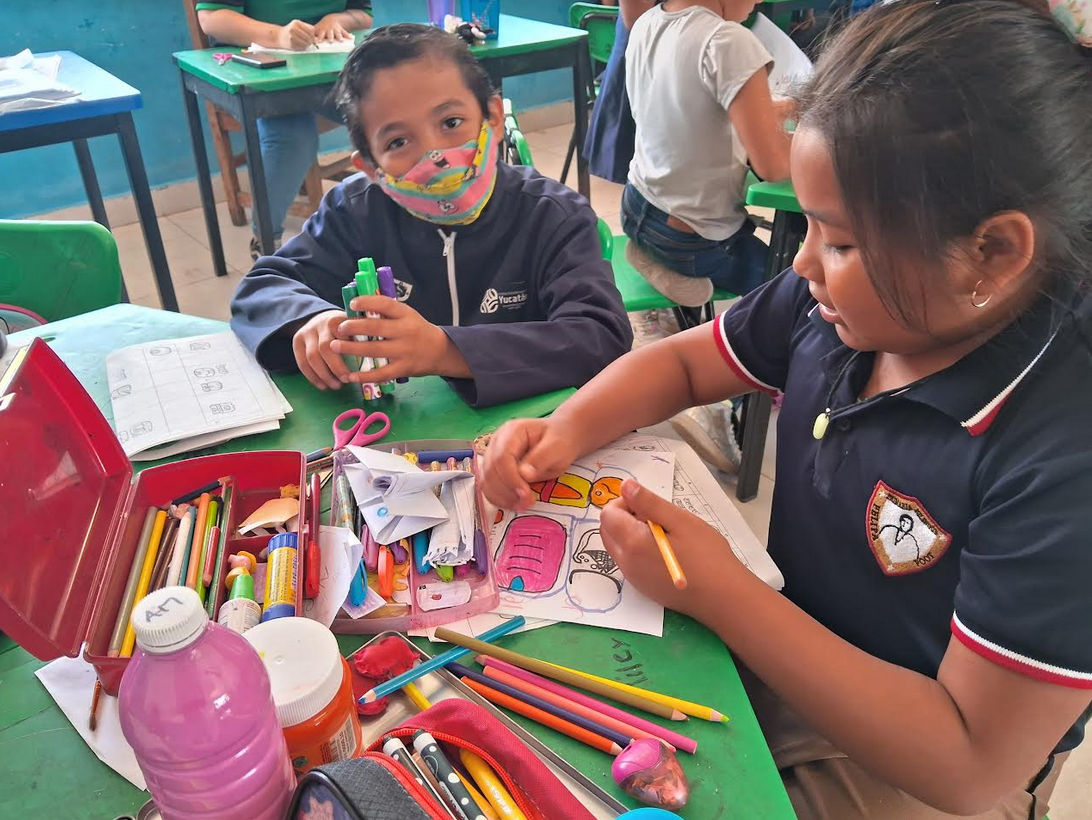
MAM Glyph Workshop Report:
I hereby inform you about the Mayan hieroglyphic writing workshop held at the “Felipa Poot” Indigenous primary school, in Colonia San Camilo de Kanasín, Yucatán, with the participation of 22 boys and girls who are in the third and fourth grades. primary school and 2 teachers who work in the same school.
I taught this workshop in two sessions of three hours each, on March 14 and 21 at the aforementioned school, within the framework of the International Day of Mother Languages, which in our state is celebrated with activities that make visible our Mayan language and culture.
The purpose of this workshop was for the participating children to know and value hieroglyphic writing as an inheritance from our Mayan grandparents, to know the Mayan syllabary, and to learn to use it to write their names using glyphs.
Session 1 (March 14, 2024):
This first session began by presenting the children with a small animated video about Mayan culture in general so that they know the context of Mayan hieroglyphic writing and awaken their interest in this topic.
Afterwards, the objectives of the workshop were explained to them and a video was shown so that they could learn what the concept “hieroglyphic writing” refers to, identify some bearers of glyphs that our grandparents left us as legacies on stelae and ceremonial centers as evidence of the use of this writing system.
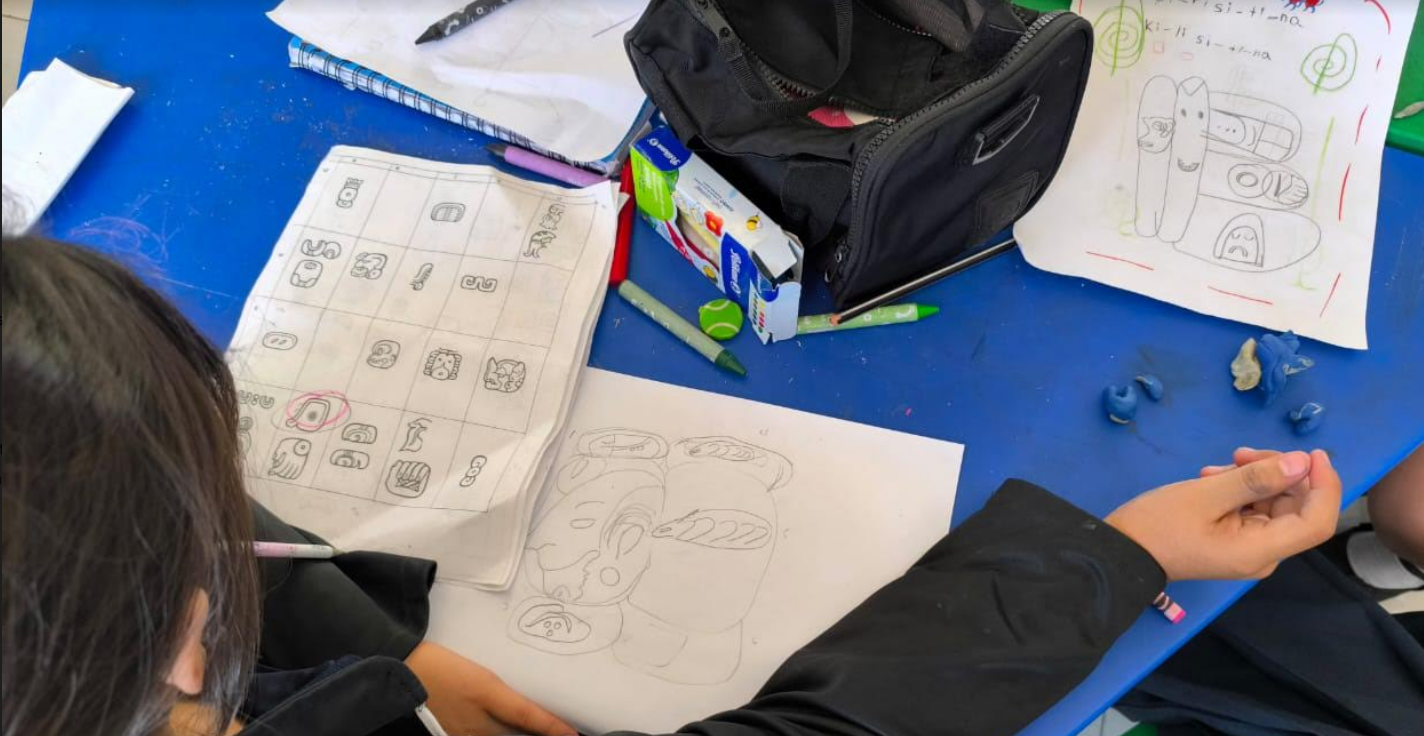
They were also told the story of how its reading or interpretation was deciphered by the Russian, Yuri Knorozov.
Then they formed into team and learned about Harry Kettunen’s Syllabary, An explanation of how the different syllables are represented was given, and they learned the rules for making the syllabic division of words, how to locate their glyphs in the syllabary and how they could be form the glyph blocks when transcribing those words.
They were helped with some exercises to do syllable division and the rules for making an adequate transcription were explained to them, especially when letters or syllables that do not exist in the syllabary are required.
Afterwards, each child was asked to divide their names into syllables and identify and mark in the syllabary the glyphs necessary to write her name, ending the first session with this exercise.

Session 2 (March 22, 2024):
It began with a reminder of the rules of the syllabary, together with some exercises on syllabic division of proper names on the blackboard. Afterwards, they were distributed photocopies of the different ways in which the blocks can be formed by combining the glyphs necessary to write their names and the way in which they are read, from top to bottom and from left to right.
Afterwards, they were given white sheets and instructed to transcribe the glyphs that they marked in their syllabary to write their names with glyphs and begin to design the block that they liked considering the examples that were given to them. For this exercise, they were supported. in a close and personalized way, solving their doubts and giving suggestions.
Finally, they were asked to transcribe the block with their names on opaline paper, using markers, colored pencils and other materials to make it more attractive, and each person presented it to the group.

At the end of the session they were congratulated for their work, and it was agreed to hold an additional session later to decorate the school walls with the glyphs they designed in this workshop.
I would like to inform you and to take advantage of this occasion to reiterate my gratitude to MAM for the support provided to carry out this workshop.
Atentamente,
Milner Rolando Pacab Alcocer

Milner Rolando Pacab Alcocer and his students present their names


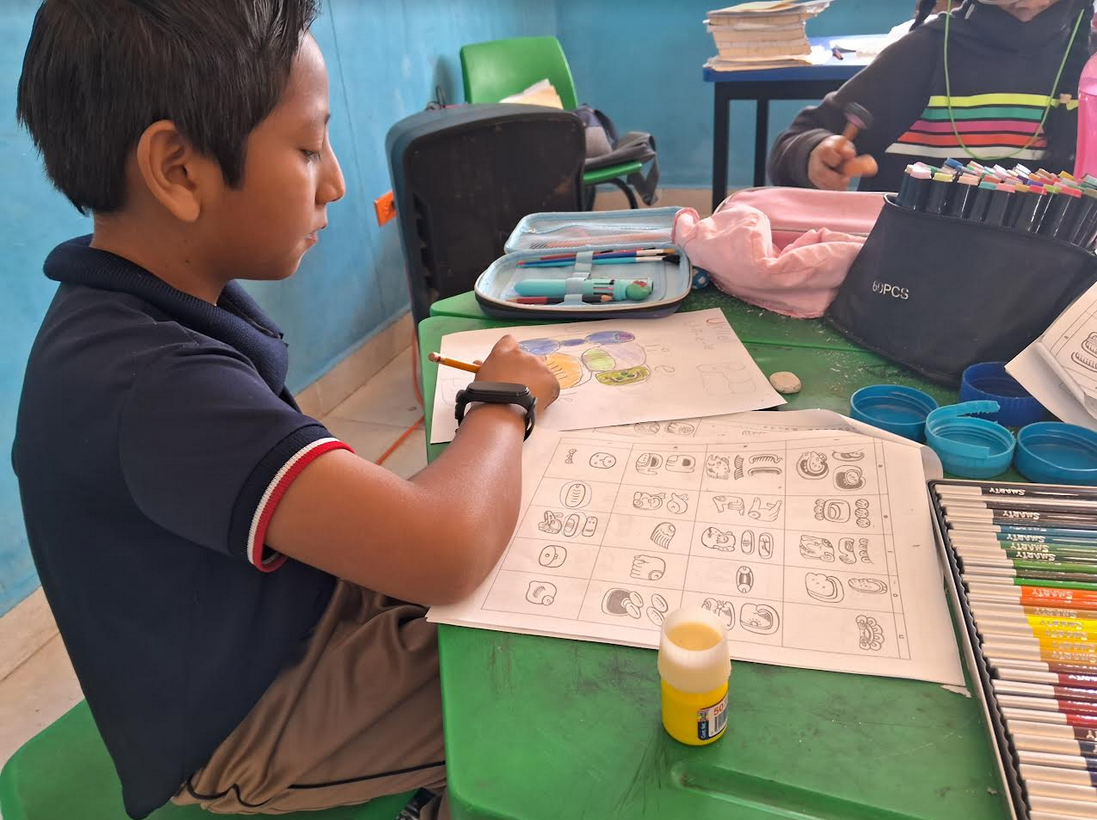

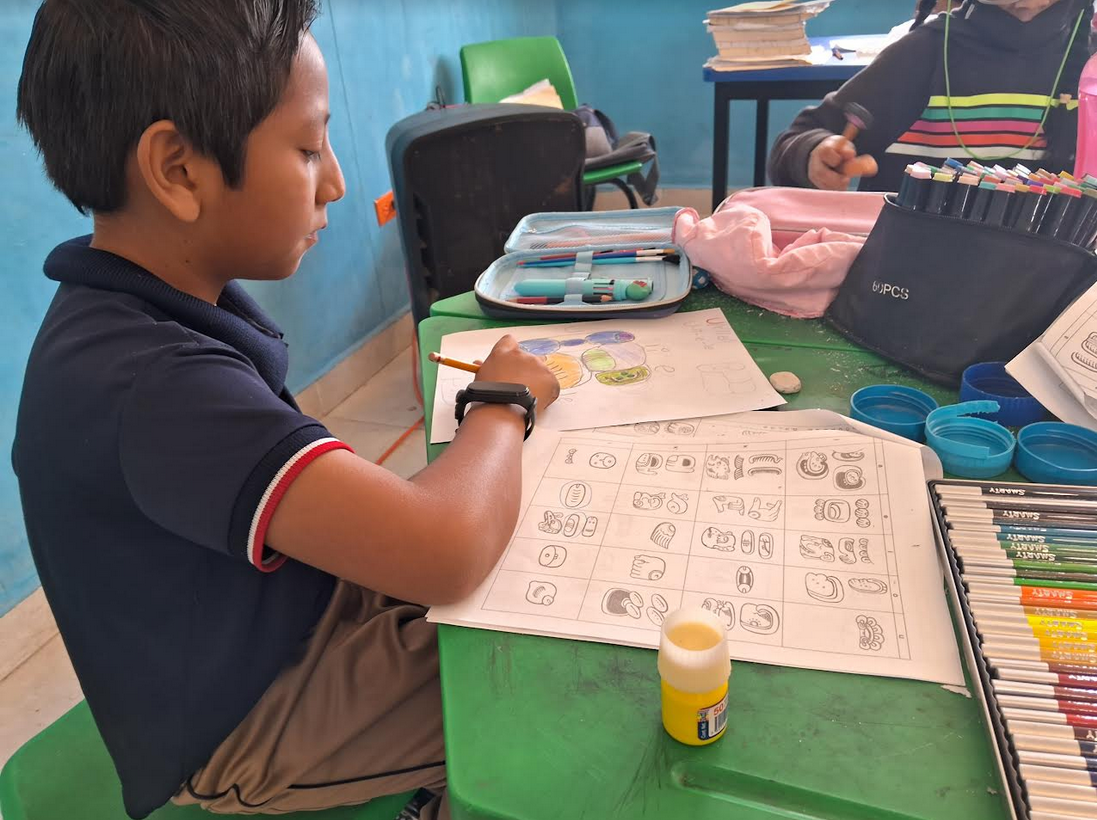 Un estudiante construye su nombre usando el silabario maya en San Camilo, Kanasín, Yucatán.
Un estudiante construye su nombre usando el silabario maya en San Camilo, Kanasín, Yucatán. Informe del taller de glifos MAM:
Informe del taller de glifos MAM: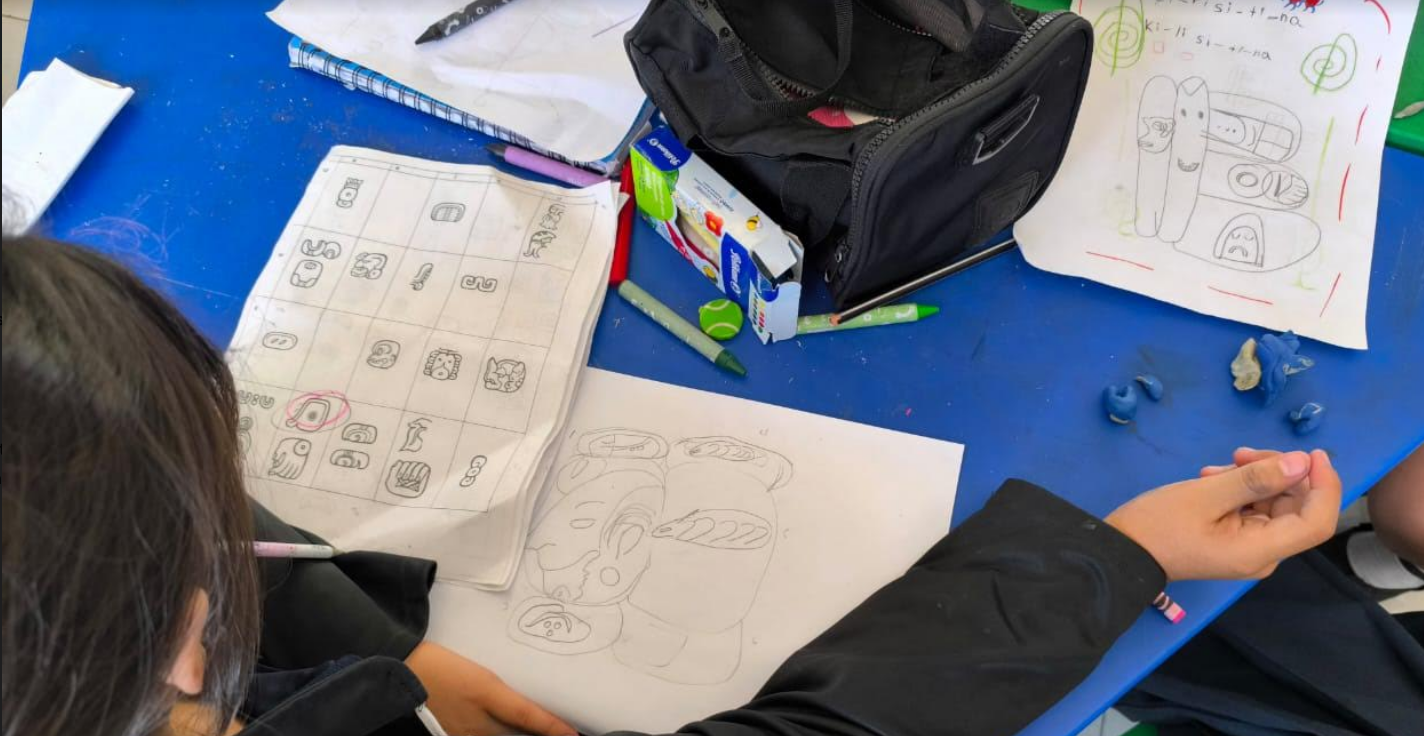

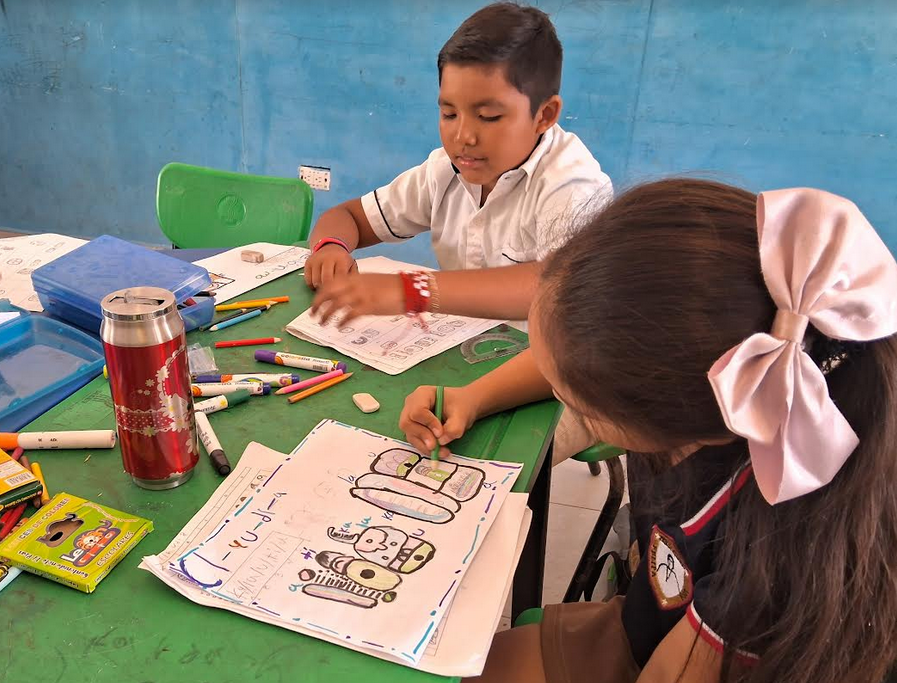
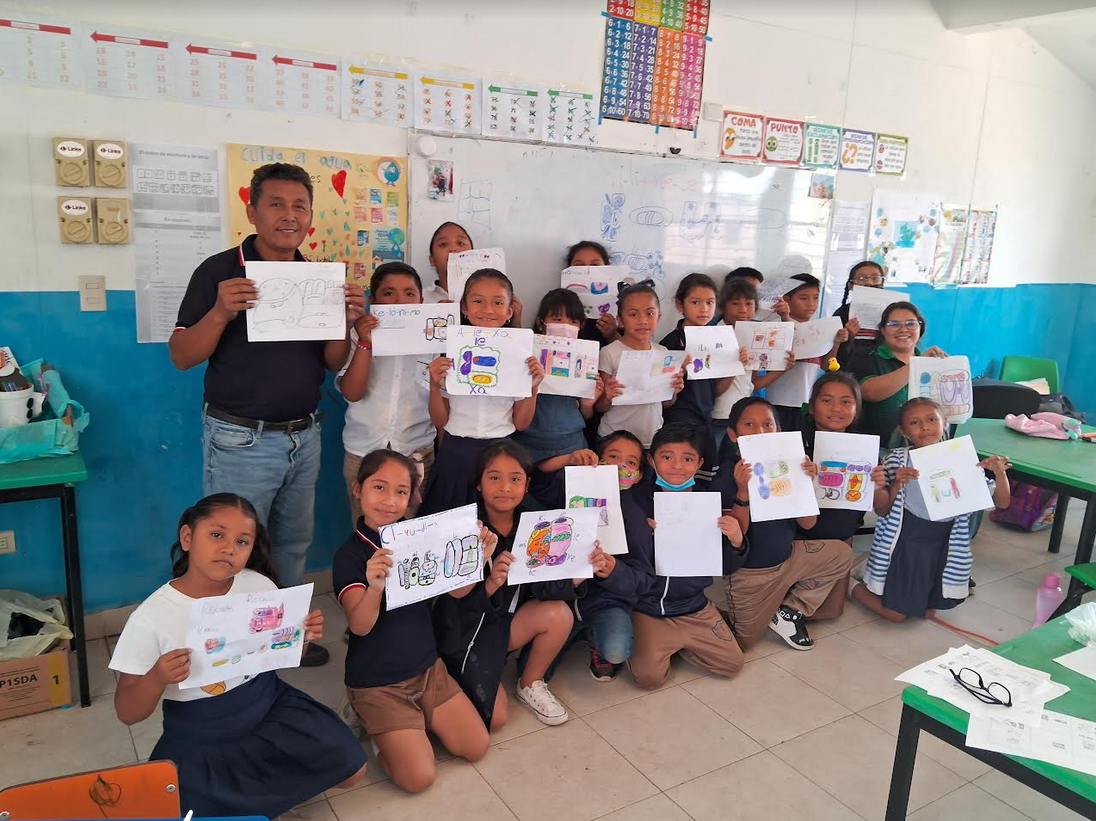

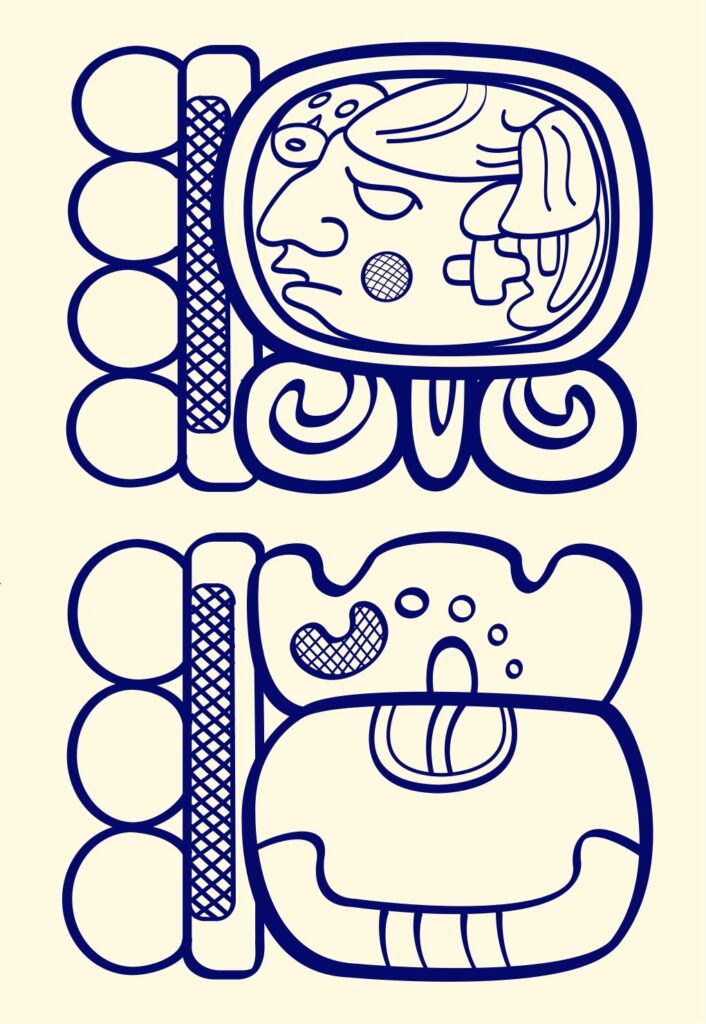
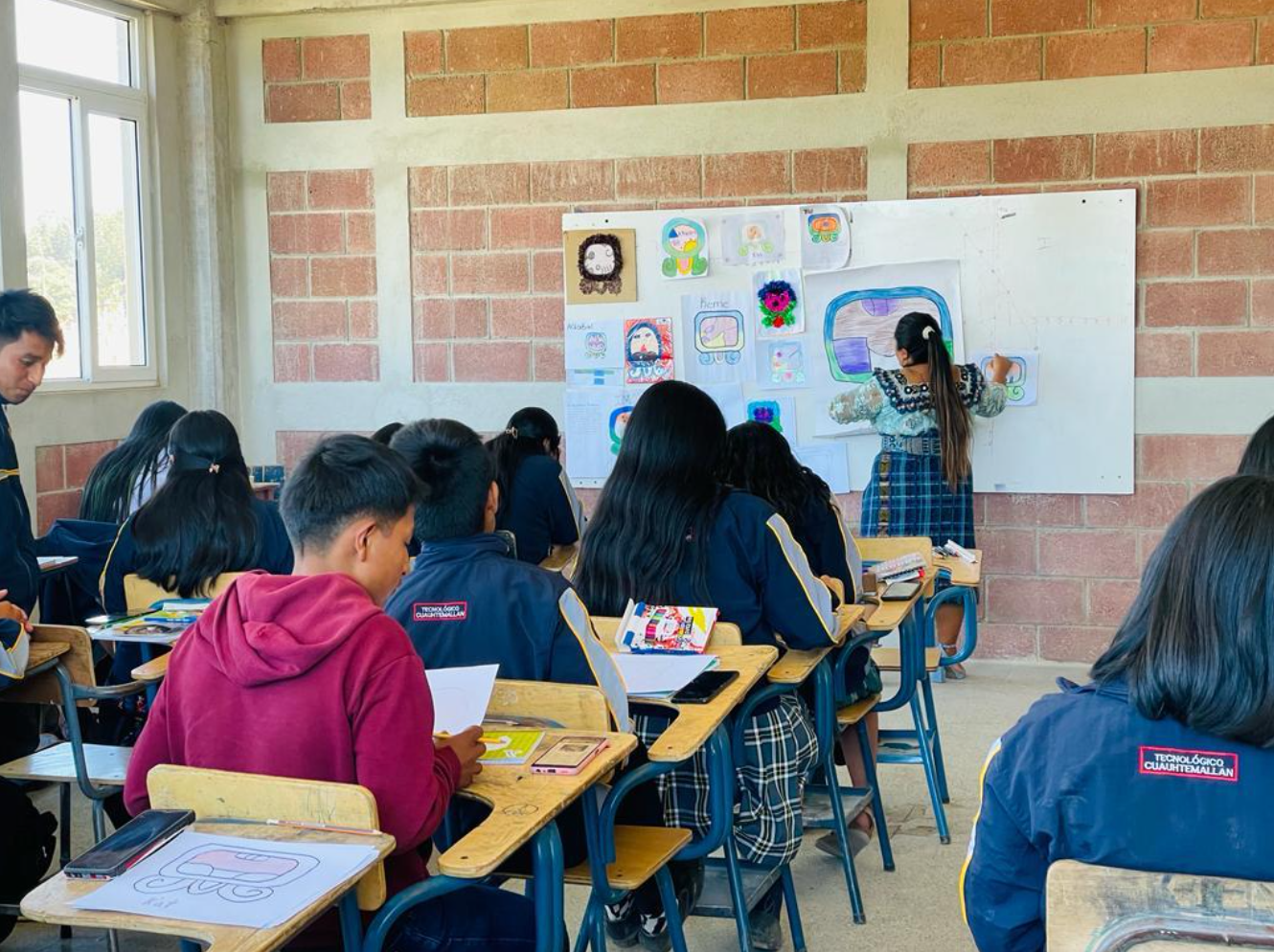
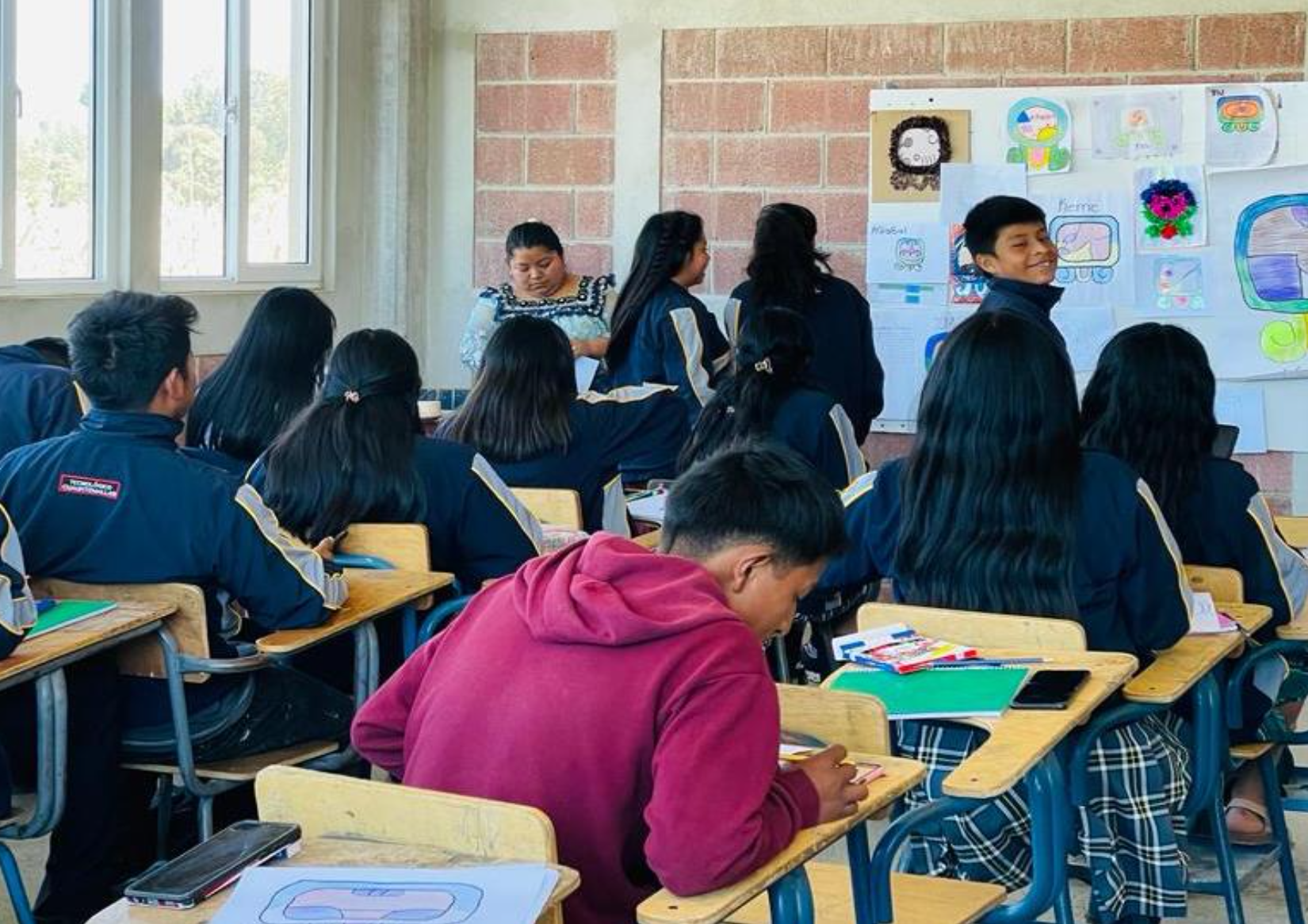
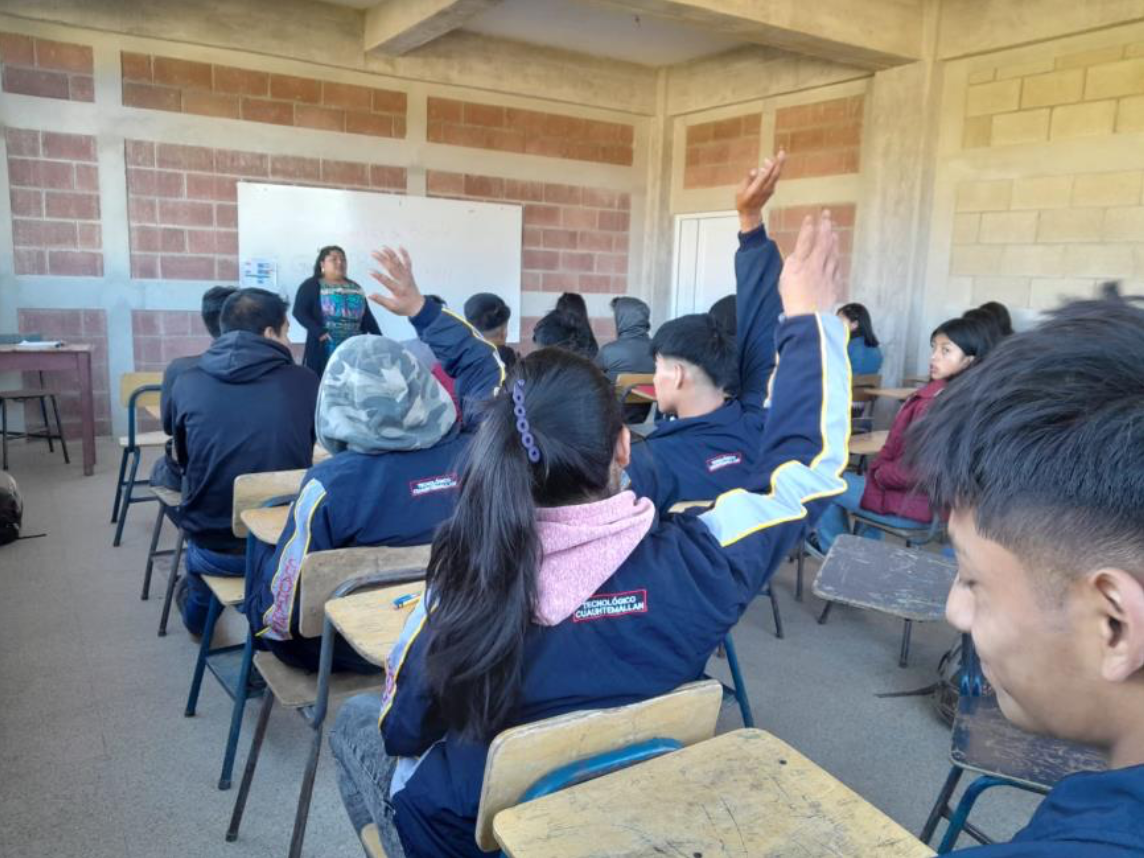
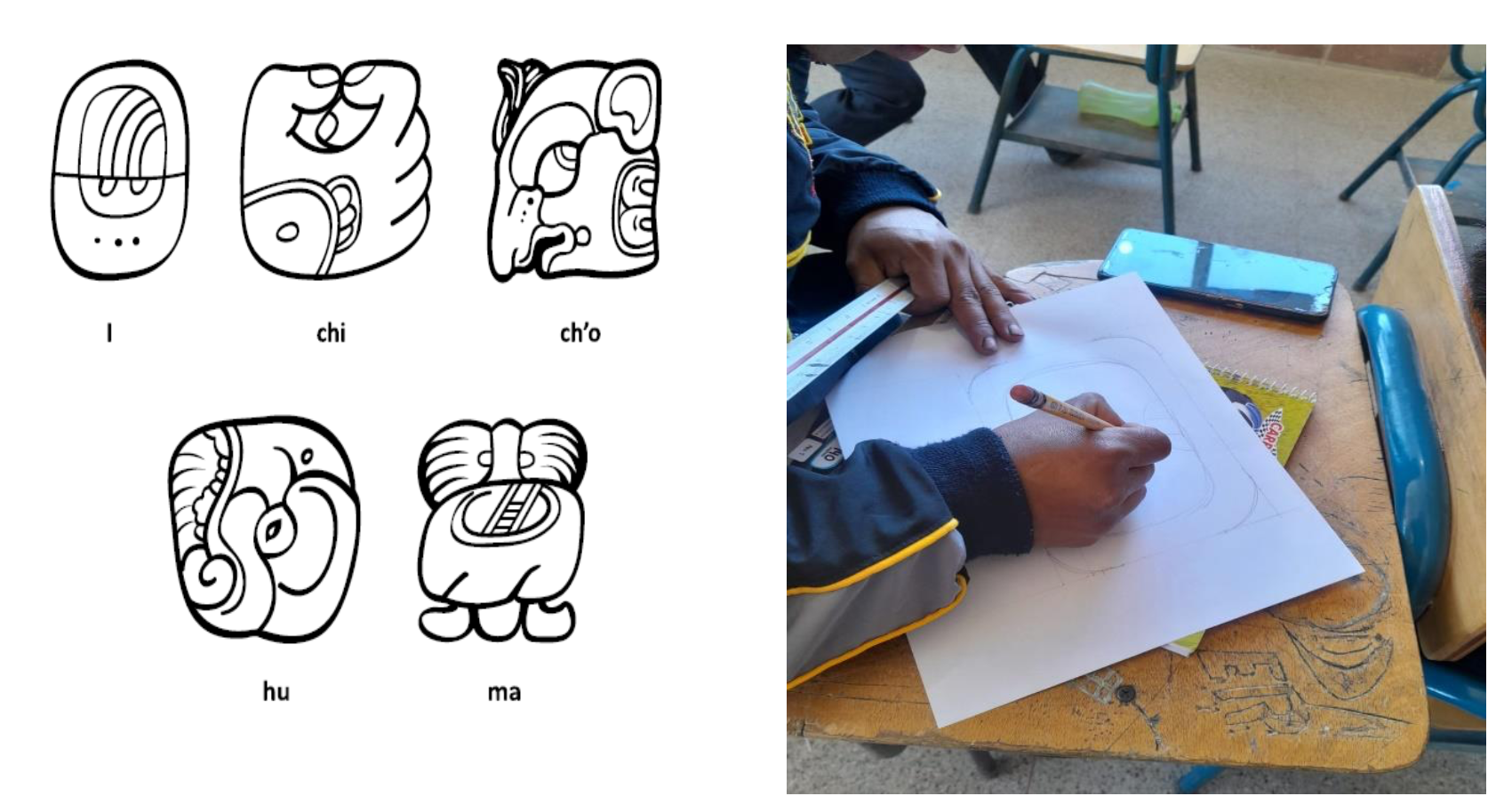

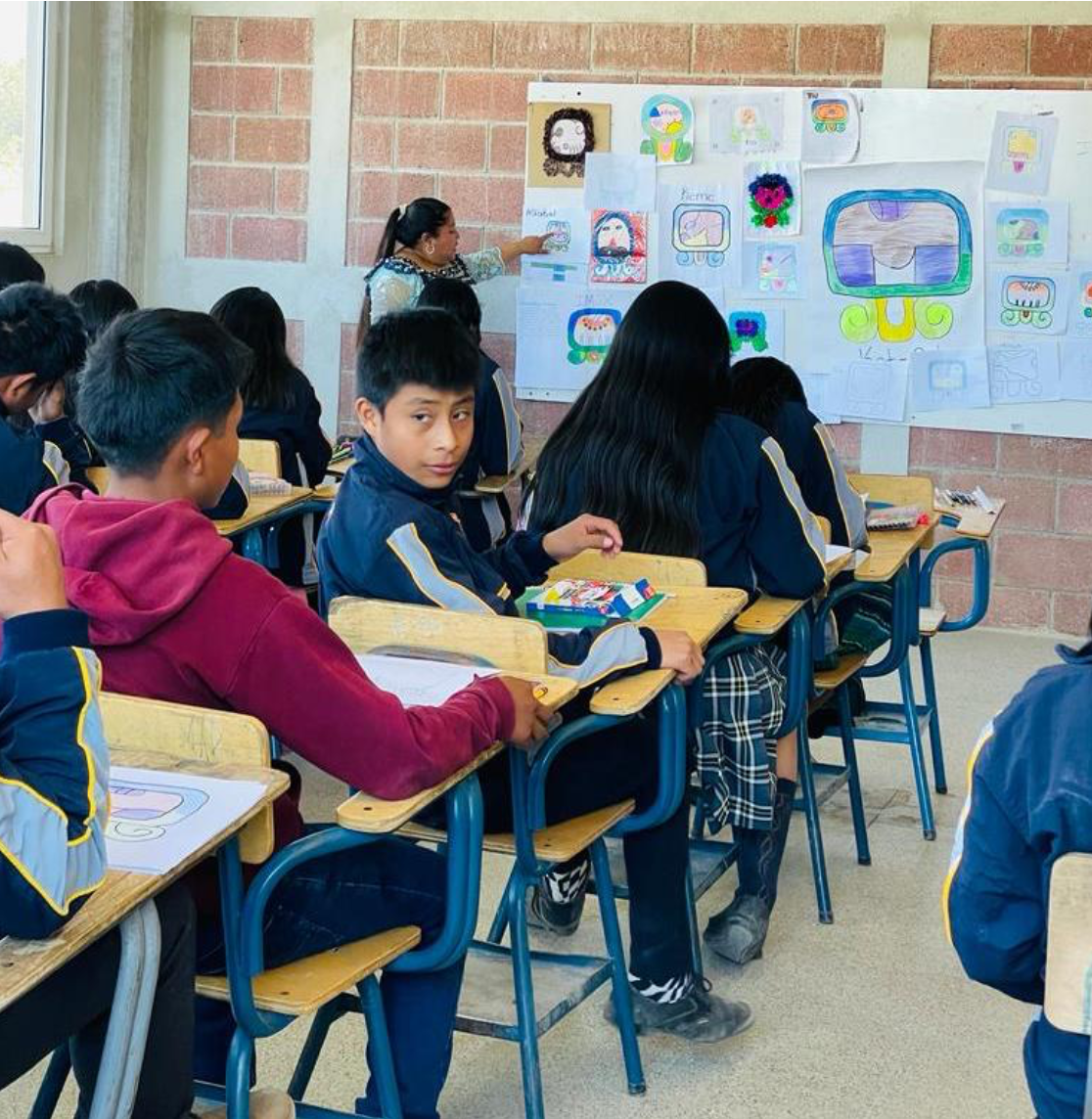

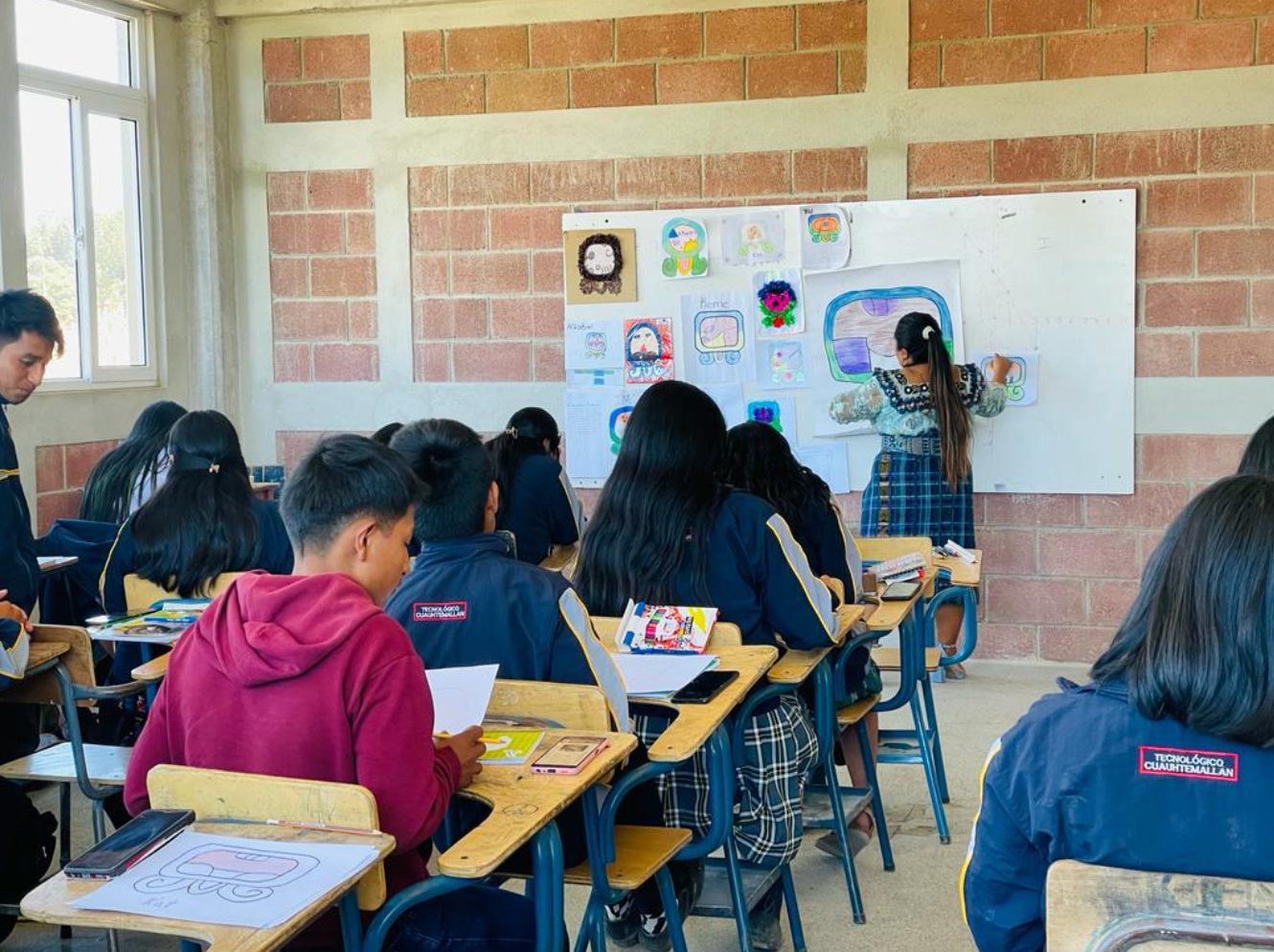

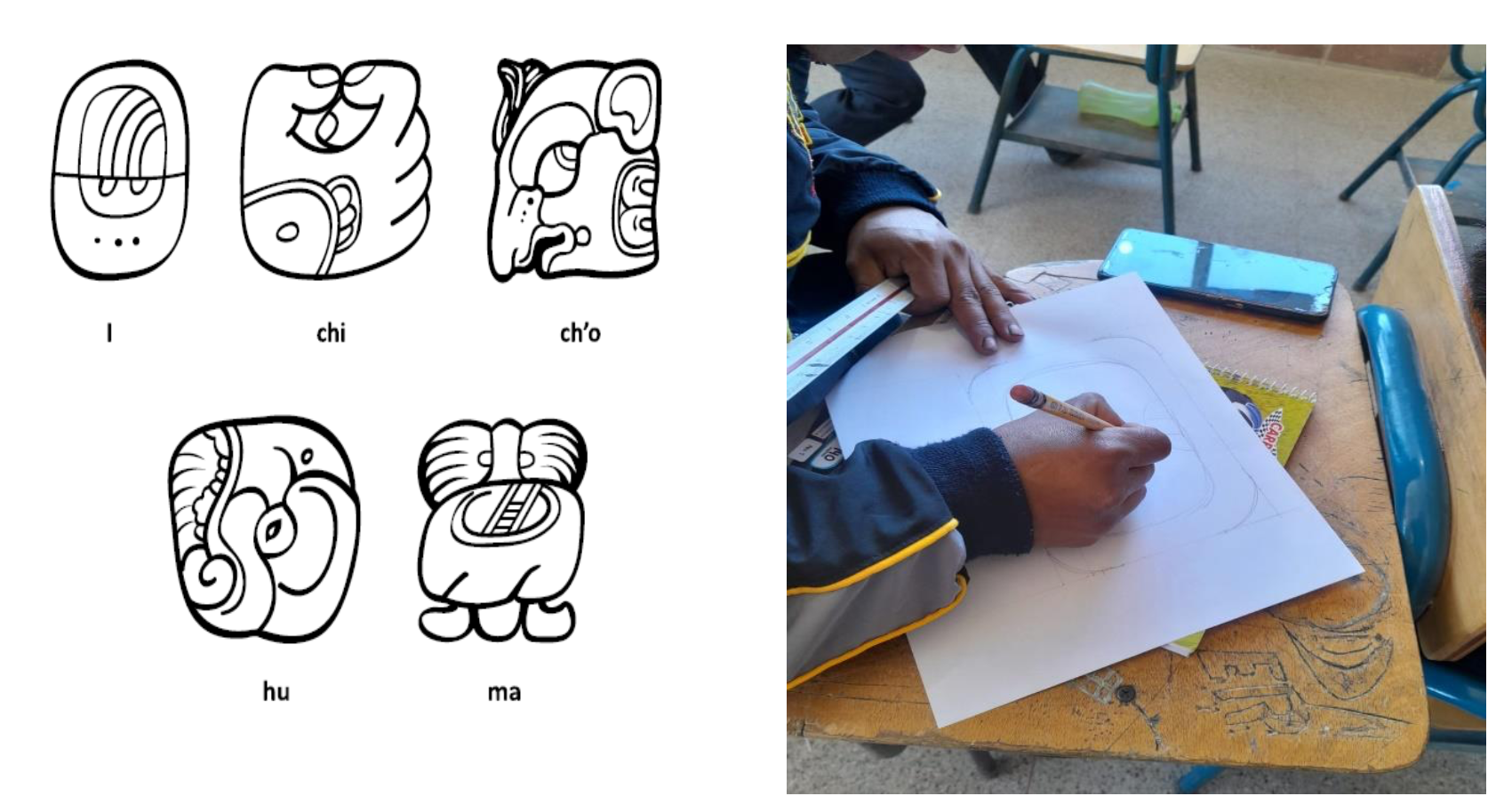 Dibujando un signo de día.
Dibujando un signo de día.